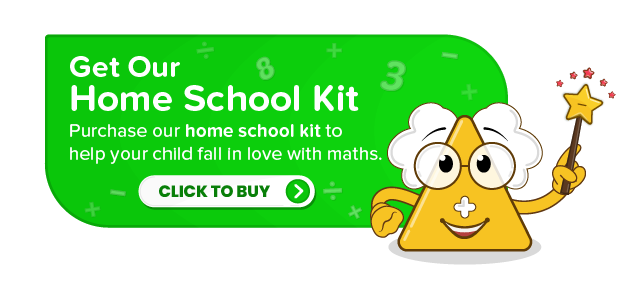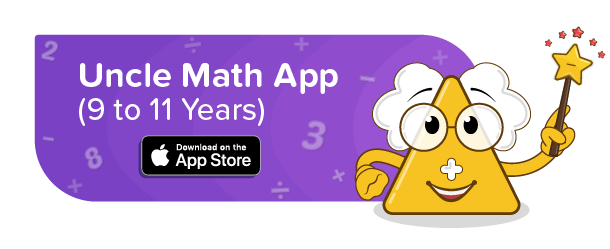
The volume of a 3D shape refers to the total amount of space that the shape occupies. It can be thought of as the capacity or how much it can hold. Imagine a cubical box, a rectangular box, or a cylindrical container – the volume of these objects corresponds to the space they can contain.
We can also think of volume as the number of smaller cubes that can fit inside a shape. The standard unit of volume is cubic meters. This teaching guide seeks to make the idea of the volume of a cube and a cuboid simple while also assisting teachers by offering teaching tools including animated stories, eye-catching posters, and activities.
To calculate the volume of different 3D shape, we use specific formulas for each shape. Here are the formulas used for determining the volume of cube and cuboid, along with examples of where we encounter them in real life.
Cube
A cube has six faces and eight vertices. It is like a perfectly square box where all sides have the same length.
To find its volume, we can use the formula :

Volume = side × side × side
Volume of a cube = a × a × a= a3
Cubes are commonly found in dice or storage containers.
Cuboid
A cuboid is similar to a cube, but it has different side lengths. It has six faces, eight vertices, and all angles are right angles.
The formula to calculate its volume is :

Volume = length × breadth × height
Volume = l × b × h
Examples of cuboids can be rectangular shoeboxes or books.
These formulas help us determine the volume of different 3D shapes, allowing us to understand how much space they occupy or how much they can hold.
Teaching volume with kid-friendly, clear, and easy-to-understand posters from Uncle Math School by Fun2Do Labs :
Ignite kids’ curiosity with engaging stories for role play and skits, making the learning of this concept an exciting and effective experience. Teaching symmetry through stories from Uncle Math School by Fun2Do Labs :
Learning volume can be made enjoyable by incorporating interactive games and activities.
Measuring Volume!
Children love learning while engaging in different activities. This one will be one of the favourites among children. This is an activity to simply determine the volume of everyday objects around children.
- Instruct children to collect 1 cubical (box, dice, rubix cube, etc.) and one cuboidal object (book, remote, pencil box, shoebox, or even a candy bar, etc.) from their surroundings.
- Instruct children to measure the sides of the object using a ruler and apply the following formula to determine the volume.
Volume of Cube = Side x Side x Side
Volume of a cuboid = Length x Breadth x Height
Help your kids practise volume with interesting and engaging fun worksheets and solutions from Uncle Math by Fun2Do Labs.


















